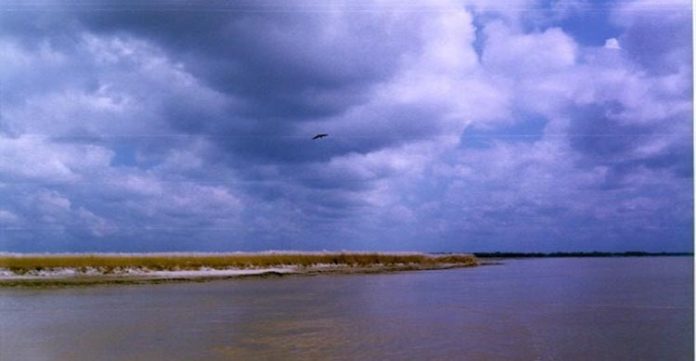In one more effort to keep the Ganga clean and contamination-free, the Uttar Pradesh government, under the Namami Gange crusade, will start the act of stream farming. An activity plan has been detailed, as per which around 15 lakh fishes of various species will be delivered into the waterway by the Department of Fisheries.
Ganga Cleaning To Support And Moderate The Biodiversity In The Waterway
This will help in supporting and moderating the biodiversity in the waterway and will guarantee its neatness under the Namami Gange crusade. These fishes will be delivered in around 12 locale going from eastern Uttar Pradesh toward the western Uttar Pradesh.
These regions are Ghazipur, Varanasi, Mirzapur, Prayagraj, Kaushambhi, Pratapgarh, Kanpur, Hardoi, Bahraich, Bulandshahr, Amroha and Bijnor. Almost 1.5 lakh fishes each will be delivered in Ganga from Varanasi and Ghazipur regions.
Waterway farming will help in accomplishing maintainable fisheries, diminishing natural surroundings corruption, moderating biodiversity, augmenting social-monetary advantages and will likewise eliminate factors causing contamination.
ALSO READ: Uttar Pradesh Now Has Largest Number of LPG Consumers
To guarantee the tidiness of the stream, the state government has likewise built sewage treatment plants (STPs) to kill stream of untreated sewage into Ganga under the Namami Gange crusade.
To screen contamination along the stream, the public authority additionally conveyed the Ganga Task Force. Head Secretary, Namami Gange, Anurag Srivastava said that the act of stream farming is a piece of the endeavors being made for neatness of Ganga and protection of groundwater.
“Stream Farming” To Help In Controlling Contamination And Work On Marine Life
N.S. Rahmani, Deputy Director, Department of Fisheries said that the movement of ‘stream farming’ is additionally used to control contamination and to work on marine life in the waterway. In this movement, various types of fish are delivered in the waterway, which obliterate the components that increment the degrees of nitrogen.
These fish will likewise help with keeping up with the neatness of the waterway as they feed on natural leftovers. He added that due to overfishing and contamination in the Ganges, fish populace was additionally diminishing.
Rahmani, further educated that around 1500 kg regarding fish, present in a space of around 4,000 square meters, controls around 1 mg for each liter of nitrogen squander.
Accordingly, the public authority has chosen to deliver almost 15 lakh fish into the Ganges to control abundance nitrogen in the waterway. In the event that nitrogen surpasses 100 mg for every liter or more, it turns out to be exceptionally impeding to the fish variety of the stream.
Through this training, the delivered fish will be made to develop and multiply for rebuilding of the fish stock, which won’t just secure the sea-going organic entities however will likewise decrease the contamination. The fish to be delivered incorporate Rohu, Catla and Mrigal.







